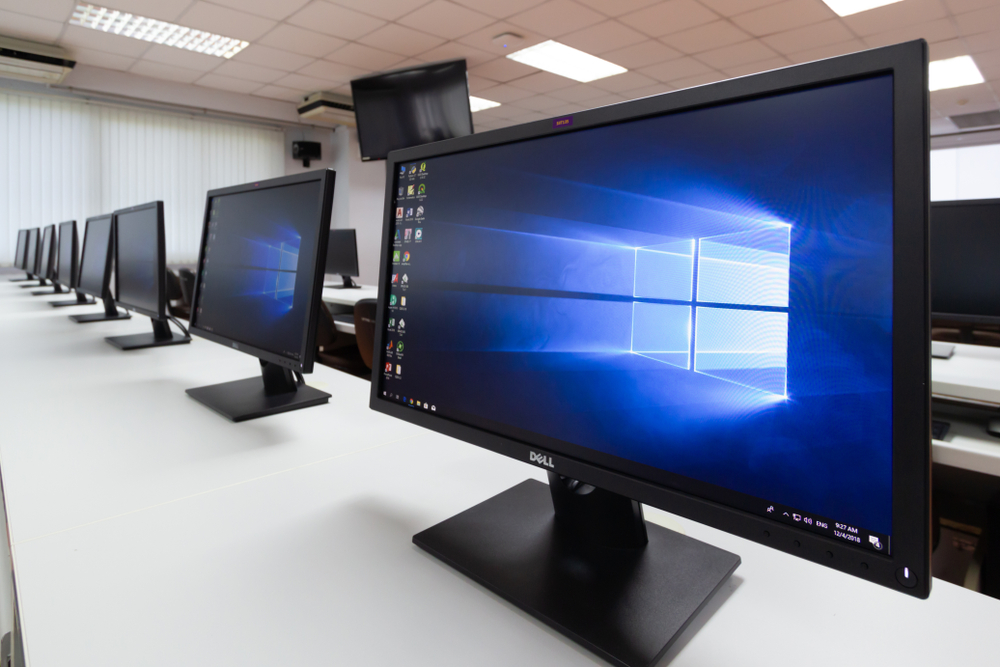Microsoft Retires SAC-T Label From Windows 10
Labels matter even more to enterprises than they do to high schoolers. Businesses need a way to quickly identify, assess and act upon new items based on their established systems. That means it's a big deal when labels change, which is exactly what's happening with Windows 10 version 1903. Again.
Microsoft originally labeled Windows 10 releases as being in the Current Branch (CB) or Current Branch for Business (CBB). There was no real difference between those releases; the CBB label was Microsoft's way of letting businesses know when an update had been available for a certain amount of time.
That changed in July 2017 because, as the company said in a later blog post, the CB/CBB model was "a complete failure." Businesses were waiting for CBB releases as if they were different from the CB ones. To avoid confusion, Microsoft switched to the Office 365 model, which separates releases into the Semi-Annual Channel (SAC) and SAC-T (as in "targeted").
But that, too, was a failure. There still wasn't a difference between the SAC release and SAC-T release of Windows 10. Only this time the SAC-T release was meant for targeted deployments (hence the name), while the SAC release was to be more broadly installed. This matched the release process for consumers, but once again needlessly complicating things for businesses.
Microsoft said in May 2018 that it would "disappear" the SAC-T label. It couldn't do so willy-nilly, however, because its business customers would need to adapt their systems in response. Now, it's finally announced that it's going to put the SAC-T label out of its misery with the release of Windows 10 version 1903, which is supposed to arrive around April.
In its blog post this week, Microsoft said:
"Beginning with Windows 10, version 1903 (the next feature update for Windows 10), the Windows 10 release information page will no longer list SAC-T information for version 1903 and future feature updates. Instead, you will find a single entry for each new SAC release. In addition, if you are using Windows Update for Business, you will see new UI and behavior to reflect that there is only one release date for each SAC release. If you use System Center Configuration Manager, Windows Server Update Services (WSUS), or other management tools, there will now only be one feature update published to WSUS, and this will occur at the time of release."
Get Tom's Hardware's best news and in-depth reviews, straight to your inbox.
Microsoft essentially removed a label and the corresponding menu item because it was unnecessary and confusing. Neither is a good trait for a label to have. You know how movies about high school portray students as caring a lot about what label is applied to them and by whom? It's even worse with money on the line.

Nathaniel Mott is a freelance news and features writer for Tom's Hardware US, covering breaking news, security, and the silliest aspects of the tech industry.
